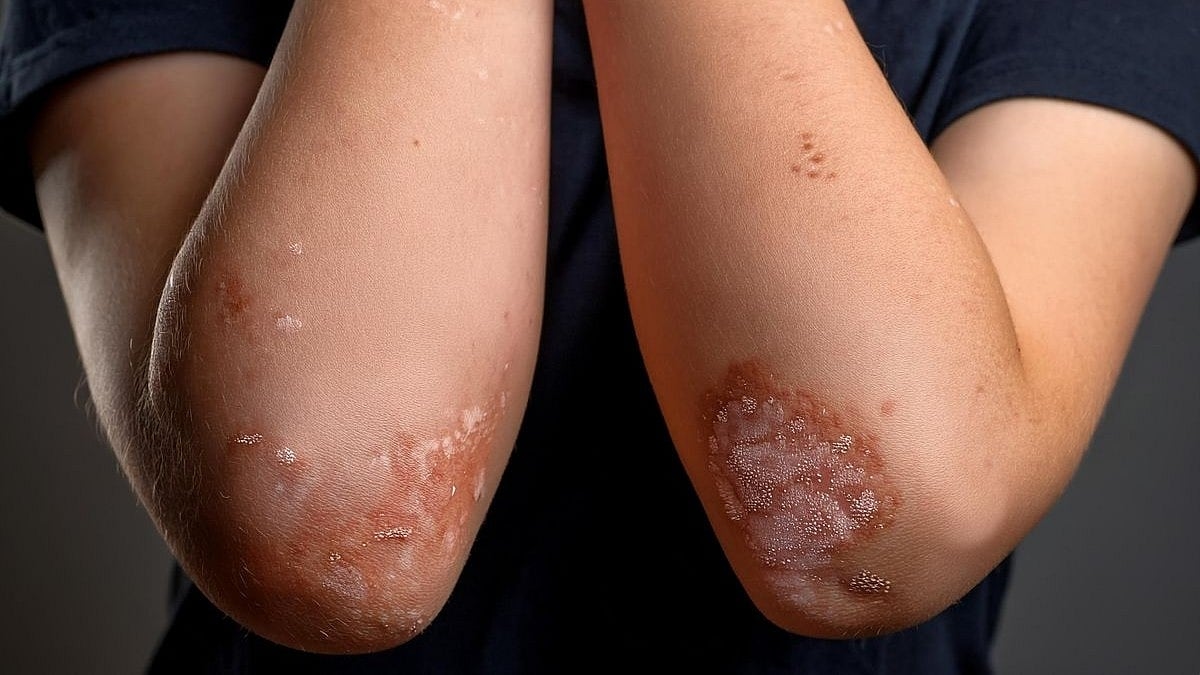Robert Belvís, neurologist: "It's one of the most serious pains that exists, and it's triggered by a simple touch to the face."

For a moment, imagine that every time we smile, chew, wash our face, or yawn, we feel a pain so sharp and unbearable that it limits normal life. This is what happens to more than 35,000 people in Spain when any type of stimulus hits their face. Neuralgia, which is the name given to this type of pain in the area where a nerve passes, can endanger quality of life due to its severe manifestations.
"In the case of trigeminal neuralgia ( the nerve that runs from the forehead to the jaw, passing through the eye and cheek ), patients may feel a sudden, severe pain, as if it were an electric shock to the face, when faced with any tactile or thermal stimulus." Dr. Robert Belvís, coordinator of the Headache Study Group of the Spanish Society of Neurology , explains the suffering to which people with this diagnosis are subjected in this way.
Trigeminal neuralgia and judgment, an extreme but possible relationshipEvery year, 2,000 new cases of trigeminal neuralgia are diagnosed in our country, and the World Health Organization considers it one of the three most serious and limiting forms of pain. The reason behind this claim? The intensity of the facial pain that appears spontaneously , and the triggers, as everyday and "normal" as chewing, yawning, speaking, smiling, washing the face, or shaving.
"Patients experience pain so intense and debilitating that it significantly alters their quality of life, and in the most life-limiting cases, can lead to suicide ," the neurologist explains.
Regarding the disability it can cause, this painful disease impacts the ability to work in more than 30 percent of patients. To give us an idea, the expert states that cases of anxiety and depression in people who must cope with this situation are three times higher than in the general population.
Who is affected by this painful disease 'on the face'?Trigeminal neuralgia primarily affects adults, with the most prevalent age group being around 50 years of age . Furthermore, it is a condition that affects women more than men, at a ratio of 1.5 to 1. In both sexes, the incidence increases with age, especially after the sixth decade of life, and it is estimated that "at least 0.3 percent of the Spanish population will develop this disorder during their lifetime."
For those wondering what can cause this spontaneous pain caused by a simple touch of the face, the expert explains that trigeminal neuralgia, in most cases, occurs as a result of abnormal contact between a blood vessel and the root of the trigeminal nerve.
However, although to a lesser extent, these unbearable pains are caused by diseases related to tumor formation or multiple sclerosis, for example. To a lesser extent, there may be diagnoses in which no clearly defined causes are found despite a complete evaluation of the patient.
"Pharmacological treatments don't always work for all patients."Patients with this severe form of neuralgia often experience episodes of pain lasting several weeks or even months. Fortunately, the attacks are followed by periods of no pain, although in exceptional cases, continuous residual pain may persist. Regarding treatment, Dr. Belvís explains that "it is primarily pharmacological. If this fails, surgery may be considered."
Fortunately, "the medications currently prescribed for this disease relieve pain in 80 percent of cases , and the effects are sustained long-term. The remaining 20 percent who do not respond to drug treatment, for various reasons, have the option of surgery ."
Despite all the drawbacks of this condition, trigeminal neuralgia, the major problem is that it is often diagnosed very late. Misdiagnoses are common, and treatment is not initiated, on average, until a year after the onset of symptoms. "When you experience constant facial pain that doesn't subside with standard painkillers, even if it is relieved and then returns, it is essential to seek specialized care," the doctor concludes.
20minutos



